Sharing of Culture techniques of Tenebrio Molitor
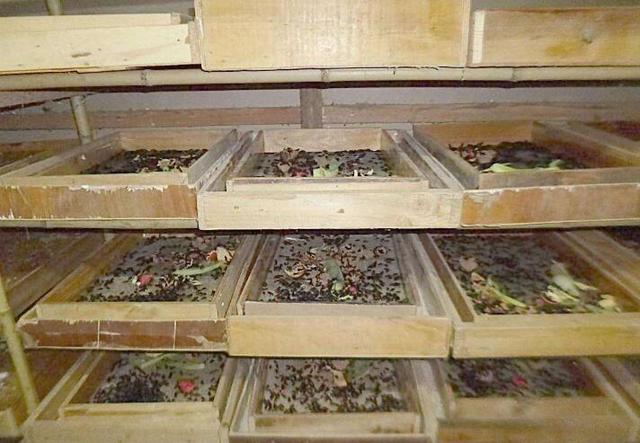
Tenebrio Molitor is a completely abnormal insect, that is, adult, egg, larva and pupa. The adult body is long and flat, 1.4-1.8 cm long, dark brown with metallic luster, the head is anterior mouth type, and both sides of the lip base do not exceed the tactile base. In the process of Eclosion, the head, chest and feet are light brown, the abdomen and sheath wings are milky white, the body is young and unwilling to move, the color becomes darker after 2-3 days, the sheath wing becomes hard, flexible but does not fly, crawling faster. After careful feeding, the adult population copulates and lays eggs. Adults lay 2-4 eggs at a time, and each female lays about 300-600 eggs, scattered on the sieve at the bottom of the feed.
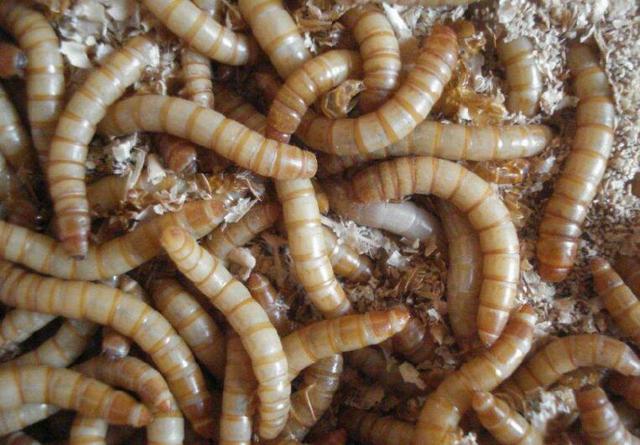
Larva: the shape is very similar to the golden needle worm and ground nail, the body is slender, the lip base is obvious, that is, there are obvious sutures between the upper lip and forehead, herbivorous. The newly hatched larvae are milky white, about 2 mm long, and then molt, each molting for one instar. The mature larvae are 20-30mm long, with obvious segments, 3 pairs of chest feet and a pair of caudal processes in the 9th ventral segment. The large insect is 3 mm wide and weighs 0.13 mm and 0.24 g. Pupate on the surface of the feed when molting for the last time. The larval stage is about 50-70 days.

Pupa: the pupa that has just changed from an old mature larva to a pupa is milky white with a soft and tender body surface. After that, the body color becomes gray and white, and the body surface hardens, which is a typical naked pupa. The pupa is 1520mm long, 3mm wide and weighs about 0.150g / pupa. There are light vertical stripes in the back and black mouths. There are papillae on the side of the abdomen (male pupa papillae is not obvious, the base heals, the end extends back; the female pupa is obvious, the end is flattened, slightly keratinized, bifurcated, significantly curved). The chest segment is large, with embryonic wings and appendages on the side, and the cephalic segment is also large, with a pair of black eye spots.
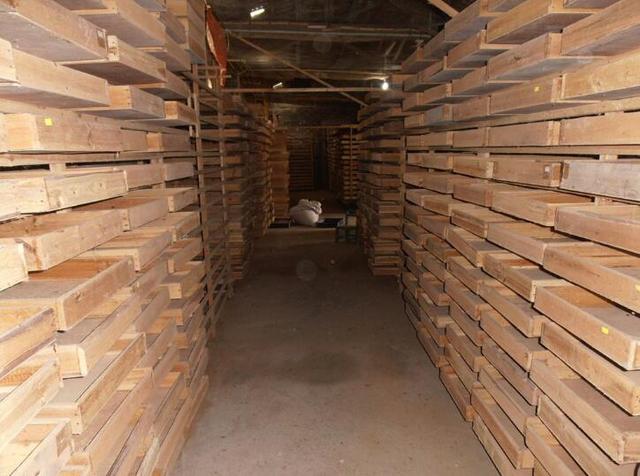
Adults lay 2-4 eggs each time, and each female lays about 300-600 eggs, which are scattered under the sieve at the bottom of the feed. The adult stage is about 30-90 days. The adult is similar to a firefly, 10-18 mm long and 4-6 mm wide. The body weighs 0.1 to 0.2 grams per animal, and the body is divided into three parts: head, chest and abdomen, with a total of 13 sections. One segment of the head, a pair of antennae, 2-3 segments of the end are dilated, rod-shaped, and the mouth is born below the side of the head. The head is small, partially embedded in the chest, with a pair of black jaws and chewing mouthparts. Three segments of the chest, there was no obvious dividing line between the anterior thoracic dorsal plate and the lateral plate, mostly healed, and the ventral suture of the anterior chest was significant.
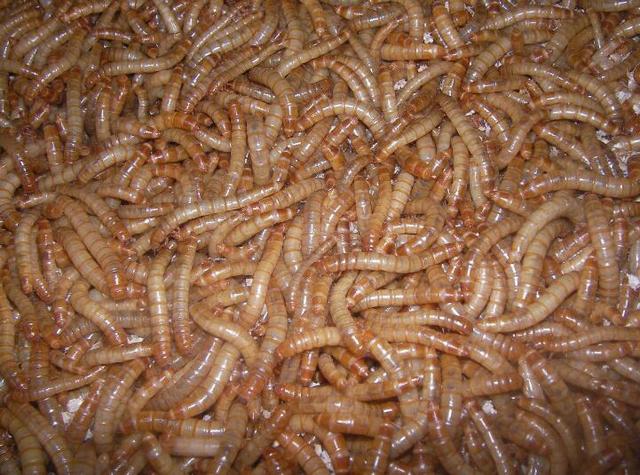
Eggs: very small, milky white, long oval, long diameter 0.7-1.2 mm, short diameter about 0.3-0.8 mm. The egg has an egg shell on the outside and a yolk membrane in the inner layer, which is full of milky egg matter. The egg period is 8 to 10 days. The adults laid the most eggs at 25 ℃ ~ 32 ℃, and the quality was high. The adults rarely mated and spawned below 15 ℃, and did not mate below 10 ℃.
- Prev
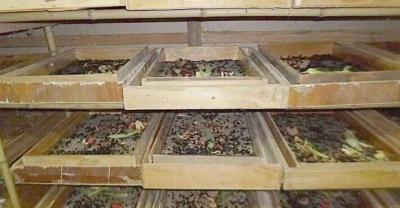
Personal experience of goldfish culture
My time of keeping goldfish is not long, about a month, during this time, I raised goldfish such as koi, lion head, red dragon, blisters and so on.
- Next

Scientific breeding of meat donkey
Donkey is a herbivorous animal, resistant to roughage, strong resistance, easy to raise, fast reproduction, small food intake, strong disease resistance, good management (either stocking or captive). A meat donkey.
Related
- On the eggshell is a badge full of pride. British Poultry Egg Market and Consumer observation
- British study: 72% of Britons are willing to buy native eggs raised by insects
- Guidelines for friendly egg production revised the increase of space in chicken sheds can not be forced to change feathers and lay eggs.
- Risk of delay in customs clearance Australia suspends lobster exports to China
- Pig semen-the Vector of virus Transmission (4)
- Pig semen-the Vector of virus Transmission (3)
- Five common causes of difficult control of classical swine fever in clinic and their countermeasures
- Foot-and-mouth disease is the most effective way to prevent it!
- PED is the number one killer of piglets and has to be guarded against in autumn and winter.
- What is "yellow fat pig"? Have you ever heard the pig collector talk about "yellow fat pig"?

